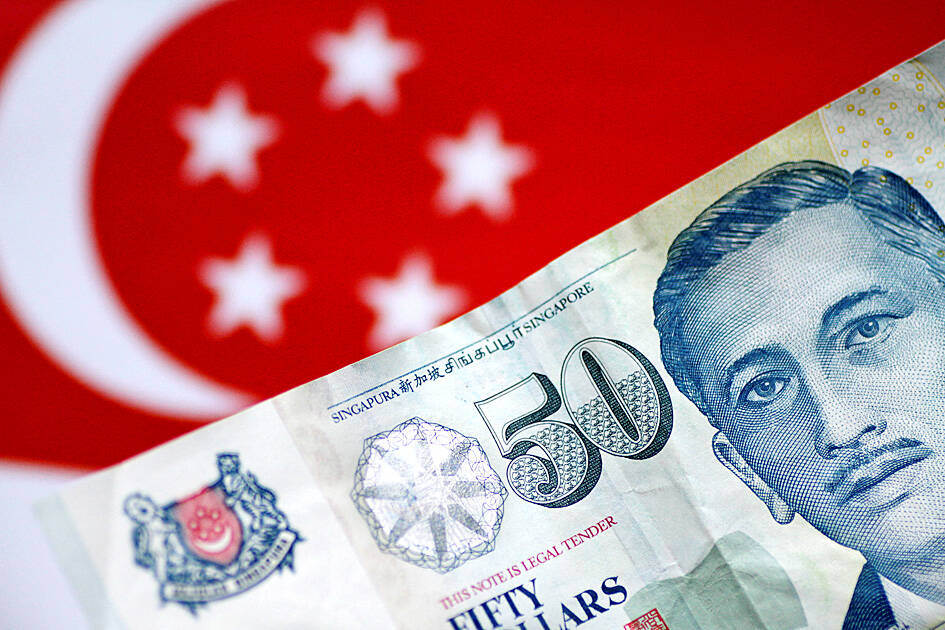
In the world of global finance, currencies perform an intricate dance, each move impacting economies and individuals alike. One such pair that draws considerable attention is the American dollar to Mexican peso exchange rate. As these two currencies tango across international markets, a multitude of factors influences their movements, creating a dynamic and ever-changing landscape for traders, businesses, and everyday consumers.
Understanding the Basics:
At the heart of the American dollar to Mexican peso conversion lies the exchange rate, representing the value of one currency in terms of the other. This rate is not static; rather, it fluctuates based on a variety of economic, political, and social factors. Investors keenly watch these fluctuations as they can have far-reaching implications on trade, investment, and economic stability.
Economic Indicators:
A key player in the exchange rate dance is the economic performance of both the United States and Mexico. Indicators such as GDP growth, employment rates, and inflation play a significant role in determining the strength of each currency. A robust U.S. economy often strengthens the dollar, while a stable Mexican economy boosts confidence in the peso.
Trade Balance:
Trade relations between the United States and Mexico heavily influence the exchange rate. A trade surplus for Mexico, where it exports more than it imports from the U.S., can contribute to a stronger peso. Conversely, a trade deficit may weaken the peso relative to the dollar. Policies such as tariffs and trade agreements also play a crucial role in shaping this economic interplay.
Interest Rates:
Central banks wield considerable power in the currency dance through their control of interest rates. A higher interest rate in the U.S. attracts foreign investment, increasing demand for the dollar and potentially strengthening it against the peso. Conversely, lower interest rates might drive investors towards higher-yielding assets in Mexico, impacting the peso’s value.
Political and Geopolitical Factors:
Political stability is a cornerstone for a robust currency. Political events, elections, and geopolitical tensions can lead to uncertainty and influence investor confidence, impacting the exchange rate. For the American dollar to Mexican peso conversion, staying informed about political developments in both nations is essential.
Market Sentiment:
Investor sentiment and market speculation contribute to short-term fluctuations in exchange rates. News, rumors, and global events can trigger shifts in perception, leading to rapid changes in the American dollar to Mexican peso conversion. Traders often navigate these waters with caution, employing various strategies to mitigate risks.
Conclusion:
The American dollar to Mexican peso exchange rate is a complex interplay of economic, political, and social factors. As investors and consumers, understanding the nuances of this currency dance is crucial for making informed decisions. Whether you’re a global trader, a local business owner, or a traveler, staying abreast of the factors influencing the exchange rate will empower you to navigate the financial seas with confidence. As the world continues to evolve, so too will the dance between the American dollar and the Mexican peso, creating a captivating spectacle for those engaged in the realm of international finance.





